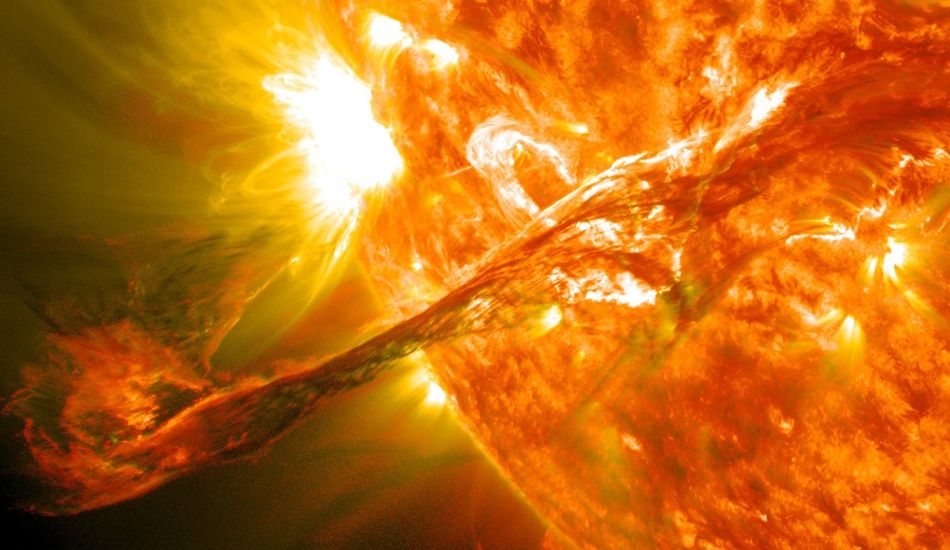
US Solar Storm Drill Reveals Critical Infrastructure Gaps
A recent exercise, involving multiple U.S. agencies, has highlighted significant vulnerabilities in the nation's preparedness for severe solar storms. The Space Weather Operations, Research, and Mitigation (SWORM) task force conducted a simulation, revealing critical gaps in space weather forecasting capabilities.
Exercise Highlights Critical Gaps
The exercise, held in May 2024, simulated various scenarios, including radio communication blackouts, GPS failures, widespread power outages, and threats to astronauts and satellites. One particularly challenging module projected a hypothetical scenario in 2028, involving active solar regions and crewed lunar missions, forcing participants to assess their organizations’ readiness.
The exercise coincided with a G5 geomagnetic storm, underscoring the urgency of improving preparedness. This real-world event caused disruptions to power grids and heightened atmospheric drag, impacting satellites. The limitations of current forecasting methods were starkly revealed; accurate prediction of a coronal mass ejection's (CME) impact remains a major challenge, often only becoming clear approximately 30 minutes before impact.
Recommendations for Improvement
The report resulting from the exercise emphasizes the need for significant investment in next-generation space weather satellites and improved sensor networks. Enhanced collaboration between U.S. agencies, international partners, and the private sector is also crucial. The report strongly suggests that proactive measures are essential, mirroring preparations undertaken for other natural disasters and cyber threats.
Failing to adequately prepare for such events could have severe consequences, impacting critical infrastructure and national security. The exercise served as a critical reminder of the potential for widespread disruption and the urgent need for advancements in prediction and mitigation strategies.
Source: Gizmodo